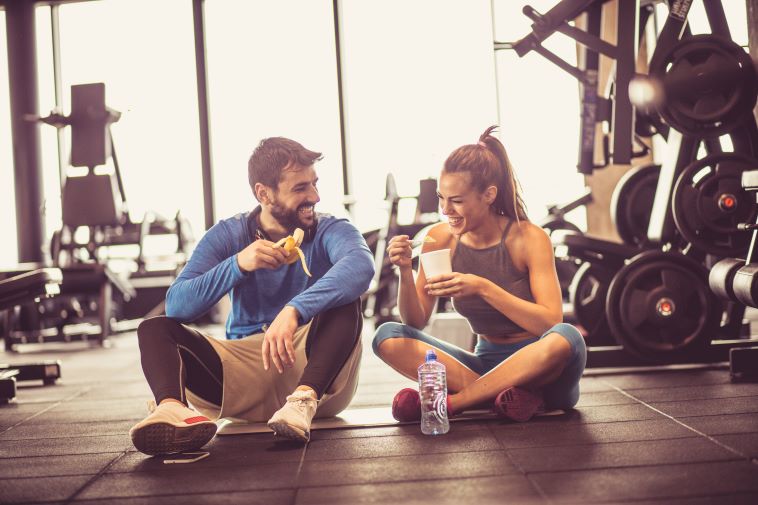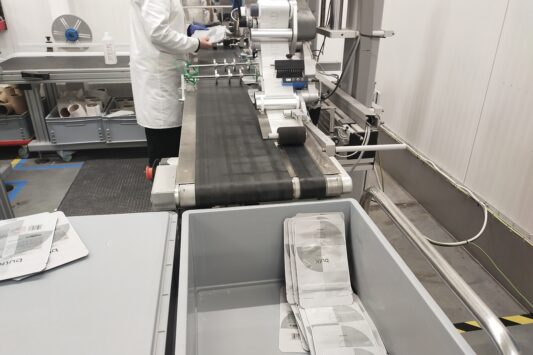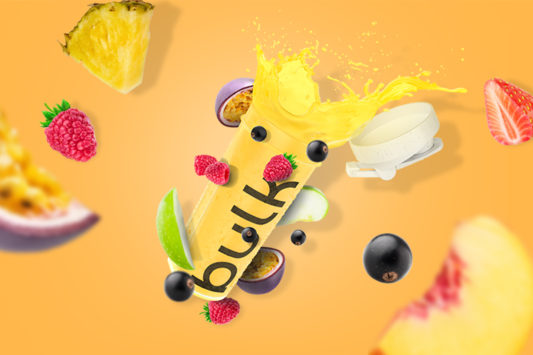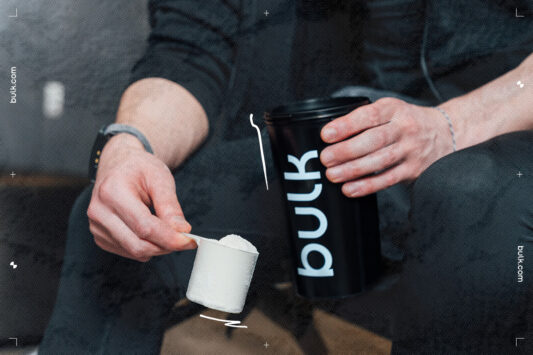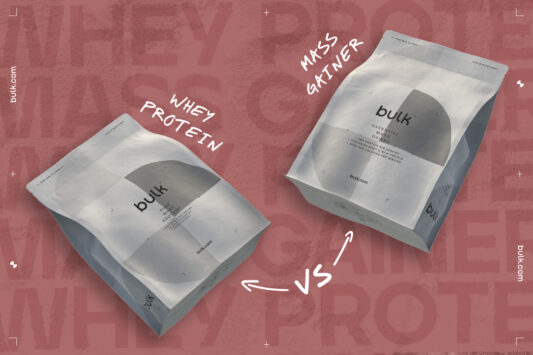There are many different theories about what is best to eat in the post-workout window. The truth is, however, that the amount and type of each macronutrient we eat after training will depend on several factors such as our physique goals, how long until we next exercise and the type and volume of training that we do.
Macronutrients
The two most important macronutrients post-training are protein and carbohydrates. The reasons for this are quite simple, most types of exercise deplete muscle glycogen stores to some extent and therefore carbohydrates are required to provide glucose to replenish these essential fuel reserves. Training also creates the breakdown of muscle and as muscle is made up of amino acids we get from protein, it makes sense to have some form of protein in the hours following exercise for this reason.
How much?
The real challenge comes when trying to decide how much and of what source of these macronutrients we need?
The ‘how much’ really is very individual, it depends on how the requirement for each macronutrient fits in with our goals and how important fully restocking our glycogen levels are. For protein, a safe bet is to consume around 0.4g per kg of body weight to help start the recovery process in the periods immediately following training1.
Carbohydrate intake could literally be anywhere from 0.5-2g per kg of bodyweight EACH hour for several hours following exercise depending on the intensity, duration and how long before we train again2. For most people, a meal containing 1g per kg of body weight will be sufficient to make the most of our accelerated glycogen storage post-workout and the rest of our daily carb allowance will still help replenish glycogen for several hours after, so the amount and type don’t really matter as long as they’re in line with our goals.
Protein
Although our response to training that stimulates pathways that increase our muscle growth potential is elevated for many hours after completion of our session, we know that training and the provision of protein and amino acids have a synergistic effect on these pathways, so it makes sense to feed some protein in this window3.
Complete protein sources such as whey protein are ideal as they are fast-digesting and have shown repeatedly to benefit muscle growth when consumed post-workout. An important point here though is to not neglect our overall protein intake in the following hours – our total daily protein intake will be the biggest determinant of our capacity to recover and build muscle, so ensure you hit your daily protein requirements using quality protein sources such as eggs, meat, fish or dairy, split evenly into 4-6 servings eaten around every 4 hours to maximise our recovery and growth response1.
There is some suggestion that consuming carbohydrates and protein allows amino acids and glucose to be taken up quicker due to an increased spike of insulin, creating more rapid nutrient transport. There is a mild synergistic effect, however, consuming an adequate amount of protein on its own is more than enough to ensure that it efficiently taken up and stored.
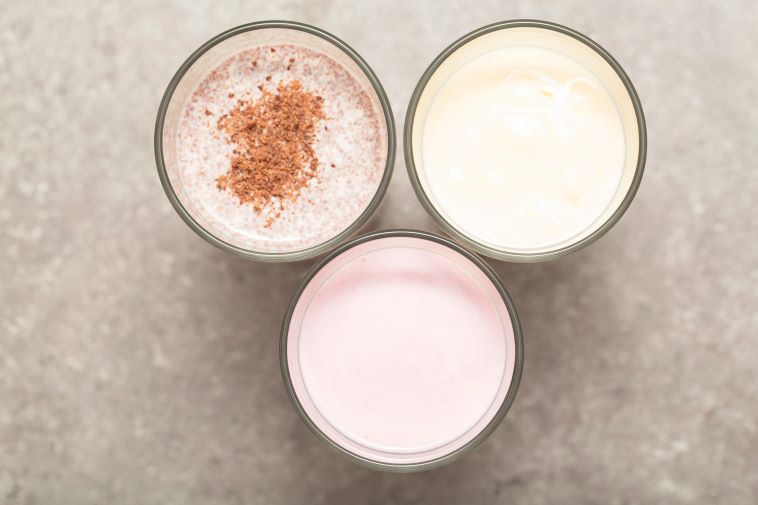
Refuelling
When we consider restocking our glycogen stores the amounts, as we suggested earlier, will vary wildly… for example, a Tour de France cyclist will typically need to consume a 12g per kg of body weight per day to make energy demands and restock glycogen. In this situation, the rapid need to re-fuel means that they will be consuming a lot of simple sugars and carbohydrate powders as this needs to happen not just in large amounts, but also rapidly before the next day’s cycling.
Carbohydrate powders
For the general population, carb powders such as Vitargo® and Cyclic Dextrin can have use post-training, especially for those looking to build muscle, as they are an effective way to boost calorie intake and fuel muscle growth immediately after training. They are also very useful for those who are competing or training multiple times each day, such as CrossFit events or combat sports as they need to restock energy levels quickly before the next session, bout or event. Outside of these types of specially designed sports carbohydrates, the sources we use to refuel should then reflect two things: firstly our goals, and secondly the foods we like.
Goals
In terms of our goals, if we are wanting to lose weight, we want our daily carb allowance to be filled with nutrient-dense, satiating carbohydrate sources such as potatoes, rice, oats and whole grains and maybe avoid hyper-palatable sources that will want us wanting more and feeling unfulfilled. For muscle gain (especially for those who are struggling to grow) or rapid recovery, we want to focus on easy-to-digest and highly palatable foods that are not going to sit heavy on the stomach and cause bloat. This is where our more refined carbohydrates such as non-wholegrain breads, pasta and even the odd bit of ‘junk’ can help increase calorie intake without feeling excessively full and sluggish.
This also applies to protein; when dieting we want to make sure we eat, not drink, our calories as this will keep us fuller. So, stick to whole food sources of protein and give the shakes a miss, even post-training… when we are trying to ramp up food intake, however, either for muscle growth or increased recovery, then we can throw in more shakes (whey, weight gainer or recovery) and look to things like essential amino acids powders to meet our protein needs whilst limiting impact on hunger.
In summary, the post-workout window is to some extent important, especially for athletes or experienced trainers, but how important depends on their current goals, need for recovery and should always be placed in the context of the calories and macronutrient requirements over the course of the day. Daily intake and the several hours following training are by far the most important factor that will influence you reaching your goals, so don’t worry if you can’t eat immediately post-workout… you won’t have missed the anabolic window, for sure!
Related articles
Looking to learn more? We believe that every person, with support, has the right to transform their lives through fitness. That’s why we’ve put together hundreds of articles with expert advice, all to help you on your fitness journey.
What is vitargo? Post-workout protein for women
Post-workouts Supplements Explained How to Personalise your Intra-Workout
Protein shake: Before or After Workout? Carbohydrate Timing
Difference between Complex and Simple carbs Is a carb a carb?
Types of Creatine What is hydrolysed whey protein?
How much protein should I eat post-workout?
